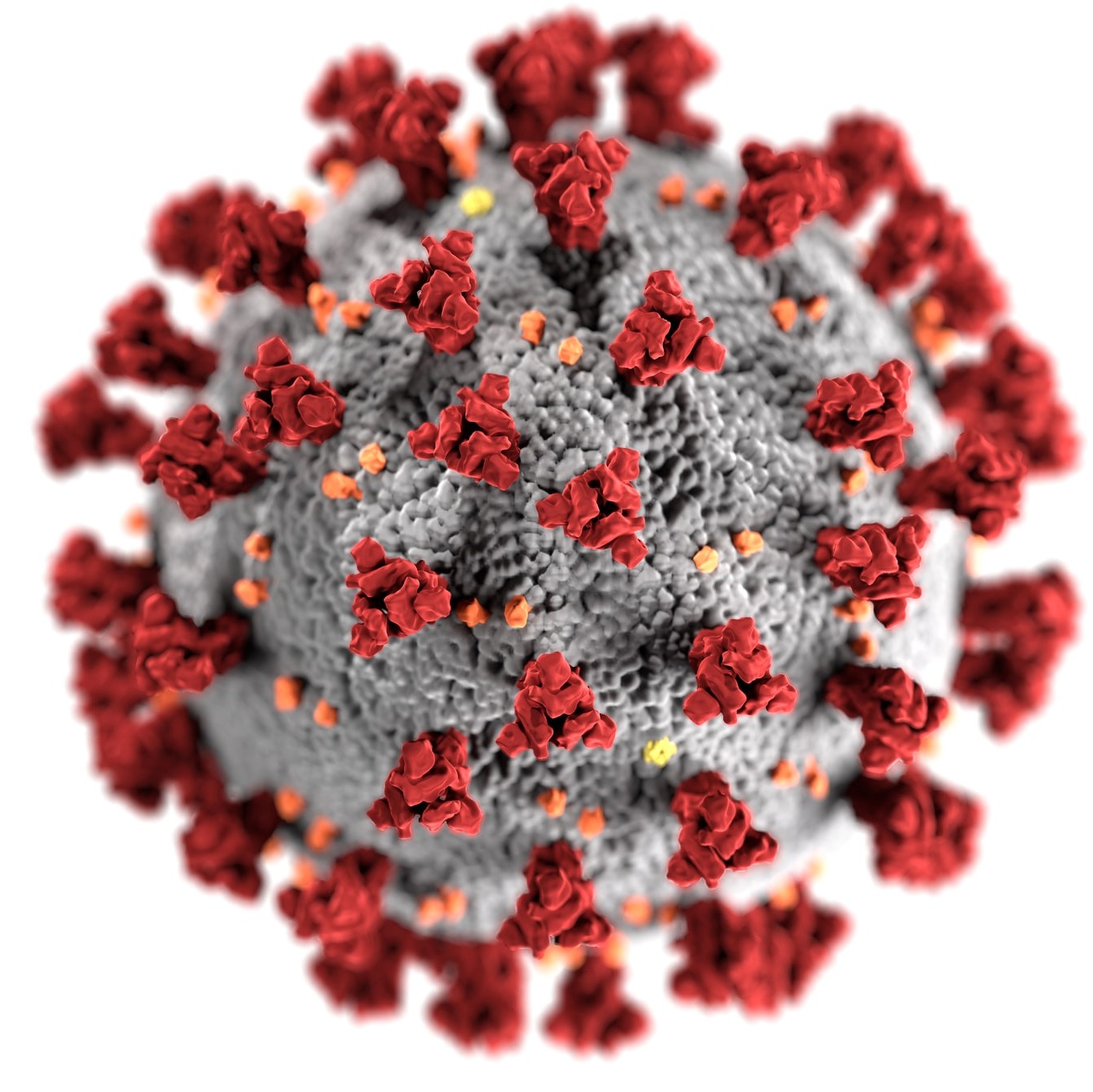Blood transfusion during the pandemic: strategies in a time of uncertainty

COVID-19 has had major implications for patients who need blood transfusions, blood donors, and the transfusion services and hospitals that manage transfusions. For example, in the event of a shortage, what additional steps can be taken to minimize waste of blood components, and how is blood use prioritized for patients if there is a predicted shortage? What donor and donation factors need to be considered to maintain an adequate supply of blood during the pandemic?
According to Dr. Mindy Goldman, medical director at Canadian Blood Services, one of the biggest challenges for clinicians during the pandemic is keeping up with the volume of published literature out there. Dr. Goldman is one of the authors of a recent study published in The Lancet Haematology (Stanworth et al., July 2020) that helps address the challenge of information overload by synthesizing expert opinion on the supply and use of blood for transfusion during the pandemic. The research team, which included experts in Canada, UK, Norway, Italy, and Netherlands, searched the literature for studies addressing the transfusion chain—from donation and collection to processing.
“A key issue for blood supply planning during a pandemic is maintaining the balance between supply and demand,” says Dr. Goldman. “We wanted to see what kind of practical guidance was out there, in terms of changes that have been made in other countries to keep donors, volunteers and staff as safe as possible at blood collections sites, and the possible actions that can be taken to ensure blood availability.”
The study’s findings are synthesized according to 5 themes:
- Features of SARS-CoV-2 infection that affect patients’ needs for transfusion.
- Donor and donation factors that need to be considered to maintain an adequate supply of blood during the pandemic.
- Modifications to production, specification, and storage of blood components to help prevent blood shortage.
- Prioritisation of blood use for patients in hospitals in the event of predicted shortage.
- Use of convalescent plasma and immunoglobulins.
By sharing experience and developing expert consensus, their study can help transfusion services and hospitals in Canada and around the world as they grapple with local and national challenges at different stages of the pandemic.
To read the publication, visit the COVID-19 and transfusion medicine page on Canadian Blood Services’ Professional Education website.
Canadian Blood Services – Driving world-class innovation
Through discovery, development and applied research, Canadian Blood Services drives world-class innovation in blood transfusion, cellular therapy and transplantation—bringing clarity and insight to an increasingly complex healthcare future. Our dedicated research team and extended network of partners engage in exploratory and applied research to create new knowledge, inform and enhance best practices, contribute to the development of new services and technologies, and build capacity through training and collaboration. Find out more about our research impact.
The opinions reflected in this post are those of the author and do not necessarily reflect the opinions of Canadian Blood Services nor do they reflect the views of Health Canada or any other funding agency.